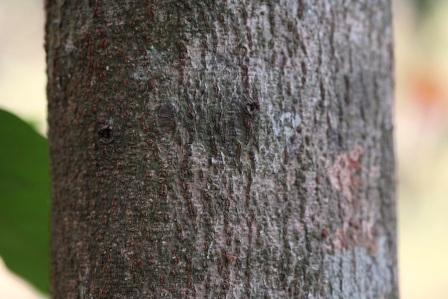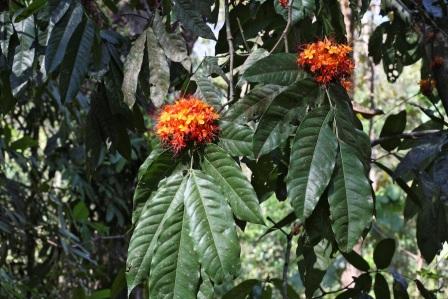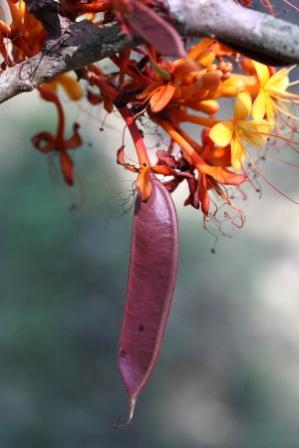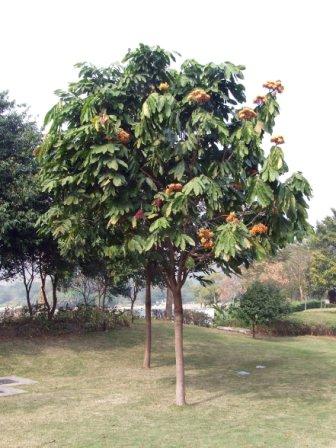Natural Regeneration :
- Naturally propagated by seeds
Artificial Regeneration :
- Propagated mainly by Nursery raised seedlings.
Seed collection and Storage :
- Seeds are collected between December and January.
- Seed Rate 90 to 100/kg
- Germination percentage of 90-95%.
Seed Treatment :
- Cold water treatment for 12 hours
Nursery Technique :
- The seedlings are raised in a nursery in March.
- The seeds are sown in mother beds or polybags of 25 cm × 20 cm size.
- The potting mixture consists of equal quantities of soil, sand, and FYM (farmyard manure). The seeds germinate in about 15 days
Plantation technique :
- Pits of size 45 cm × 45 cm × 45 cm are prepared at a spacing of 3 m × 3 m. The pits are weathered and refilled with topsoil after mixing with 10 kg FYM per pit.
Care & Disease Control :
- The crop is raised over high rainfall tracts.
- During the months without rains, the seedlings require frequent irrigation.
- Watering of grown-up trees is done by forming a ring channel aroundtrees base to hasten growth
Recommended Harvest :
Yield :
- One Tone of dry bark per ha.
Major uses :
- It is grown as an avenue tree due to its foliage and fragrant flowers.
- The bark is harvested for medicinal purpose.
Other uses :
Stem bark of Asoka tree is strongly astringent and a uterine sedative, uterine tonic, and styp-tic, having a stimulating effect on endometrial and ovarian tissue. The bark is also useful in dyspepsia, fever, and burn-ing sensation. It is also used to treat menorrhagia, leucorrhoea, internal bleeding, hemorrhoids, and hemorrhagic dysentery.
Market details :
- Approximately Rs 30 to Rs.35 / kg.





